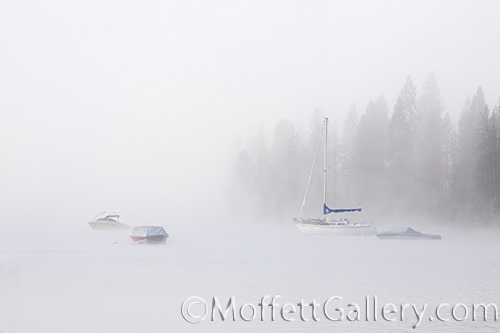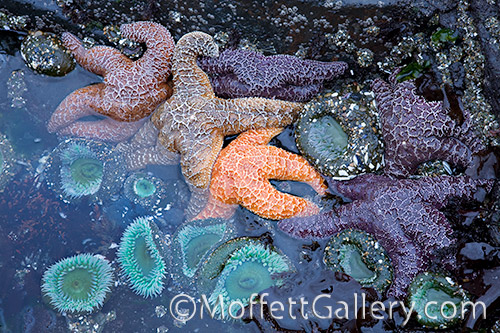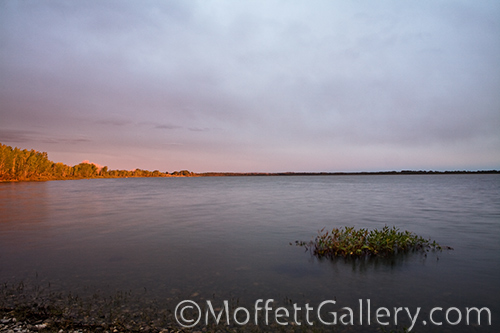by tmoffett | Dec 31, 2010 | Black and White, Color, Ramblings

Foggy Morning, Redfish Lake
Selecting a favorite image for this past year is difficult. I have made a lot of new photographs in a lot of different places. I have been to Hawaii, up and down the Oregon Coast, Bear Lake, Stanley Basin and numerous other locations and have photographed in all kinds of weather. To try to pick one favorite photograph is nearly impossible. If I were forced to pick, today I would probably pick the one above, Foggy Morning, Redfish Lake. Tomorrow I might pick a different image, so I am posting a few more of my favorites below. I would love to hear which images are your favorites!
Enjoy and Happy New Year!

Tide Pool, Yachats, Oregon


Floating Rock, Yachats, Oregon

Rocky Shoreline, 408 Trail, Yachats, Oregon

Sweet Creek

Silence

Simply Blue

Ocean Waves
by tmoffett | Dec 30, 2010 | Black and White, Landscape, Ramblings

The Connector
I have started many things in my life, some of which have never been completed. This image, taken along the Boise River Greenbelt is part of one of those unfinished projects. I began this project more than 15 years ago, shooting Kodak Tri-X film in my Super Speed Graphic 4×5 camera. I was about 15 images into the series when life took over. I was working at the time as a custom printer in a professional photo lab and at the same time starting up Moffett Photography, a high end portrait studio. I also had 2 young boys and another on the way. Life seemed to get in the way of my personal projects. I put this one on the back-burner, thinking that some day I would get back to it. Years past, I made the switch to digital imaging and I have never got back to this project.
Of all of my unfinished photography projects, this one keeps nagging at me to finish it. I am currently working on three projects, two of which are nearing completion. As I wrap up those two, I am thinking that the Greenbelt series may be back on the table, at least in the exploratory phase. I may even break out the old cameras and continue the project on film. I will be exploring all options.
Stay tuned…
by tmoffett | Oct 20, 2010 | Black and White, Composition, Landscape

Oregon Shoreline
This image from the Shorelines Portfolio shows a stark contrast from the calm image that I posted yesterday. Using a faster shutter speed, I was able to maintain a greater feeling of turbulence in the ocean as the waves crash into the rock outcroppings along the shore. When photographing moving water, shutter speed selection is critical. Use a very slow shutter speed and all of the motion is smoothed out, sometimes to the extent of being mushy and washed out, lacking detail. Too fast of a shutter speed and every drop of water is frozen in space. The in between shutter speeds are what I usually work with, getting a perfect blend of detail and movement.
I had been to this location before at high tide, so arriving in the dark just prior to low tide this time, I had no idea what I might find. I was not disappointed. As the sun crept over the horizon, I found many tide pools filled with sea stars and other ocean life. I also found this composition waiting to be photographed. I love the still water reflecting the overcast sky on the dark rock in the foreground with the turbulence of a raging sea behind it. The image, to me, is all about turbulence in life and finding peace as we rise above it. Hindsight is 20/20. When rising above the trial, we look back and can see the beauty of where we have passed.
by tmoffett | Oct 19, 2010 | Black and White, Composition, Landscape

Floating Rock, Yachats, Oregon
Dead Center. A colleague of mine was given this nickname in college because she loved symmetrical compositions. The main subject always in dead center. I dedicate this image to her.
I am always teaching and preaching the Rule of Thirds and the Golden Mean. If my students learn nothing else about composition, they better know understand those. So why do I occasionally not use them? Because it works! When deviating from a tried and true technique, such as the Rule of Thirds, there better be a reason for it. In this image, there is. The outcropping rock on each side of center appear to point to the center rock and then the water coming forward breaks up the composition enough to add interest and direction. The edge of the water in the foreground give a defining edge that completes a circular composition, giving the viewers eye a place to go, preventing it from stagnating in the center of the image as so many dead center compositions do.
I love off center compositions that maintain a visual balance, however it is good to break it up once in a while and do something different. Just make sure there is a reason for it and that it works visually. Like I tell my students, “Rules were meant to be broken, but you better have a reason for it!”
by tmoffett | Oct 11, 2010 | Black and White, Composition, Landscape, Photographic Philosophy

Rocky Shoreline, 408 Trail, Yachats, Oregon
Shorelines is a portfolio of photographs that I have been working on for about a year now. It is all about water and land interaction along shorelines. Both ocean and lake shorelines are included in the series. I spend a lot of time in the outdoors, not only photographing, but fishing and just enjoying nature. I have been intrigued with water and land interactions for a long time. I have noticed both erosion and new life along the lakes I have camped at. Along the ocean I see the changes that happen with rising and ebbing tides. The calm waters in a tide pool or the rough waters of a stormy sea. It seems that the waters of the deep have little change, but at the shoreline the change is constant.
I have visited the same locations multiple times and never found the same thing twice. Ona Beach along the Oregon Coast, for one, in June had some incredible rock formations covered in moss along the shore, but in October those rocks are completely covered with sand. This occurs due to the shifting sands throughout the year. The light on a clear summer day will create a totally different look and feel than I will find on a stormy fall evening.
When photographing along a shoreline, I like to keep a sense of stability by maintaining some element in crisp focus, while letting other area blur with the motion of the water. In this image, the rocks protruding from the water provide that stability to the image, while the fast moving waters create a sense of movement and flow. The busyness of a stormy sea in contrast to the stability of solid rock. I can read the story of my life in the photographs that I create, but instead of telling my story, I want you to see yours.
by tmoffett | Sep 27, 2010 | Black and White, Landscape, Photo tips

Transparent Falls
One of the most frequent questions I am asked is, “How do you photograph water to make it look like that?”
The answer is quite simple if you understand how a camera works. I use a tripod and long shutter speeds. How long of shutter speed? That depends on how much water is flowing and how smooth do you want it to look. That is the part that takes experience and vision. If you don’t know what you want it to look like, then it really doesn’t matter, but if you know, then you must practice and practice and practice. That is the concept that I find difficult to teach. Many students just want me to tell them what and how to shoot, but I don’t operate that way. I want my students to learn to make good decisions so that when I am not around to answer them, they can come up with their own decisions.
I am currently teaching a unit on basic exposure, apertures and shutter speeds. I am finding that the students who take the time to go out and photograph catch on quickly and those that don’t struggle. It is that simple. Practice and you’ll get it, but don’t and you won’t.














Recent Comments